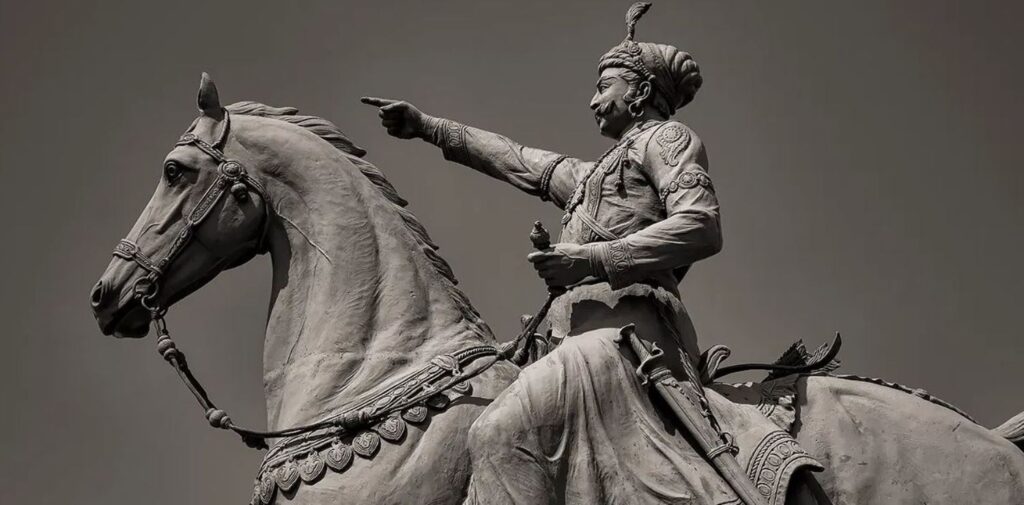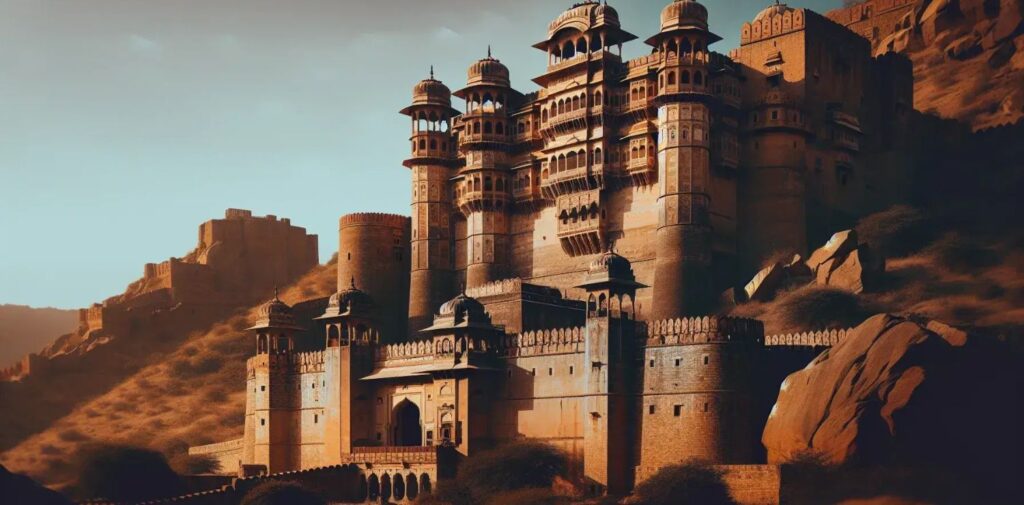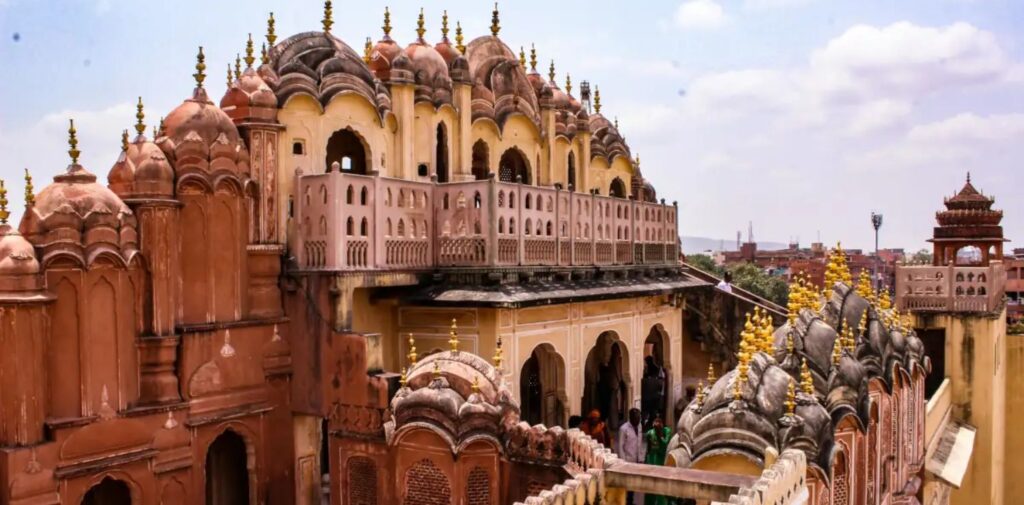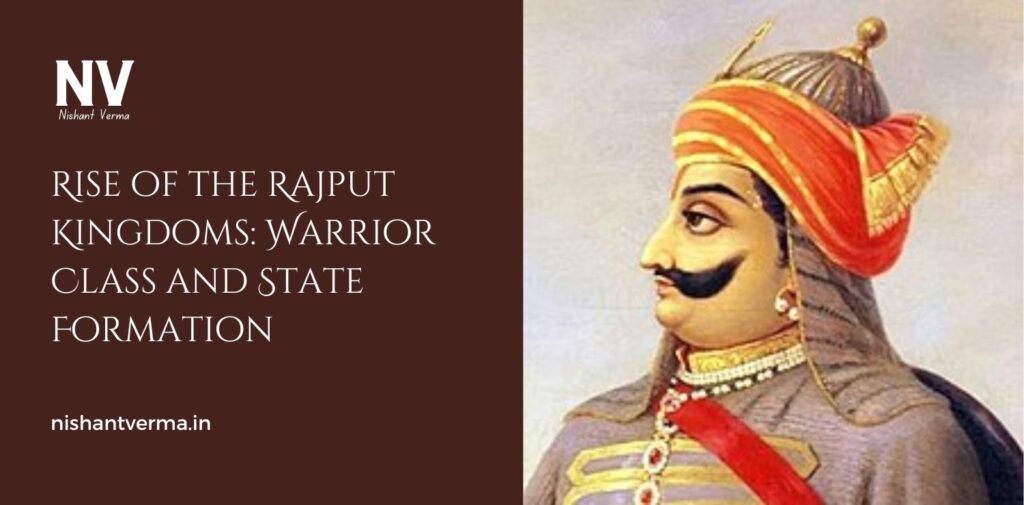India’s history is full of brave warriors, kings, and kingdoms. One of the most important groups of warriors in India were the Rajputs. The Rajput kingdoms played a significant role in shaping India’s history, especially during the period when powerful kingdoms were forming. In this article, we will learn about who the Rajputs were, how they became powerful, and how their kingdoms were formed.
Who Were the Rajputs?
The Rajputs were a group of people in ancient India who were known for their bravery, strong sense of honor, and loyalty. The word “Rajput” means “son of a king” or “royal warrior.” Most Rajputs belonged to powerful families that ruled over different parts of India. They were known for their courage in battle and their ability to protect their land and people.
In simple terms, the Rajputs were warriors and rulers who came from different parts of India, especially Rajasthan, and played a major role in defending their kingdoms and land.

The Rise of Rajput Kingdoms
The rise of the Rajput kingdoms happened in the early medieval period, around the 6th century AD. This was a time when many small kingdoms were starting to form all over India. The decline of large empires, like the Gupta Empire, allowed new leaders and groups, like the Rajputs, to take control.
At this time, India was made up of many regions and small kingdoms, each ruled by its own local leaders. As the Rajputs grew stronger, they started forming their own kingdoms. These kingdoms were spread across the northern and western parts of India, especially in places like Rajasthan, Gujarat, and parts of Uttar Pradesh and Madhya Pradesh.
Why Did the Rajputs Become So Powerful?
The Rajputs became powerful because they were very skilled in war and had strong family traditions. Most Rajput rulers were warriors who fought to protect their land, culture, and people. They built strong forts, formed armies, and created alliances to become even stronger. Let’s take a look at some reasons why the Rajputs became so powerful:
- Bravery and Military Skills: Rajputs were known for their bravery and military skills. They fought in many battles to protect their kingdoms and lands from enemies. Their skills in sword fighting, archery, and horse riding made them successful warriors.
- Strong Family Bonds: Rajputs came from royal families. These families were very proud of their history and traditions. They often passed down the title of king from father to son. The Rajputs followed a code of honor known as “Rajputana” that emphasized bravery, loyalty, and respect for women.
- Strategic Location: The Rajput kingdoms were often located in areas that were difficult to attack. For example, the Rajputs controlled parts of Rajasthan, which had deserts, mountains, and strong fortresses. This made it hard for enemies to invade their kingdoms.
- Alliance Building: The Rajputs often formed alliances with other kingdoms to stay strong. They would marry into other royal families to create friendships and prevent enemies from attacking.

Major Rajput Kingdoms
As the Rajputs grew in power, they created many important kingdoms across northern and western India. Some of the most famous Rajput kingdoms include:
The Chauhan Dynasty
One of the most famous Rajput dynasties was the Chauhan Dynasty. The Chauhans ruled over the region of Ajmer and Delhi. One of the greatest Chauhan kings was Prithviraj Chauhan. He is remembered for his bravery in fighting against invaders, especially against Muhammad Ghori. Prithviraj Chauhan’s battles and his courage made him a hero in Indian history.
The Rathore Dynasty
The Rathores were another powerful Rajput clan that ruled over the region of Marwar, which is modern-day Rajasthan. The most famous king of the Rathore dynasty was Rao Jodha, who founded the city of Jodhpur in Rajasthan. The Rathores were known for their strong forts and their ability to defend their land against many enemies.
The Sisodia Dynasty
The Sisodia dynasty ruled over the kingdom of Mewar in Rajasthan. The famous Rajput king of Mewar was Maharana Pratap, who is celebrated for his fierce resistance against the Mughal emperor Akbar. Despite being outnumbered, Maharana Pratap fought bravely in the famous Battle of Haldighati in 1576, showing the world the strength of the Rajput warriors.
The Kachwaha Dynasty
The Kachwaha dynasty ruled the region of Amber, near modern-day Jaipur. The most famous king of this dynasty was Maharaja Man Singh, who was an important general in the Mughal emperor Akbar’s army. The Kachwaha rulers were skilled in diplomacy and military strategy.
Life of a Rajput King
The life of a Rajput king was filled with responsibilities. They had to lead their armies into battle, protect their kingdom, and ensure the safety of their people. Rajput kings also lived in grand palaces and forts. They enjoyed a life of luxury, but they were always prepared for war and defense.
The Rajput kings were also patrons of art and culture. They encouraged literature, music, and architecture. Many beautiful forts, temples, and palaces that we see in Rajasthan today were built by these kings.
Decline of the Rajput Kingdoms
While the Rajputs were very powerful for many years, they began to face challenges as new empires grew stronger. The Mughal Empire was one of the biggest challenges for the Rajput kingdoms. Despite this, many Rajput kings tried to maintain their independence by forming alliances with the Mughals and continuing their traditions.
The Rajputs eventually lost some of their power after several defeats by the Mughals and other invaders. However, they still maintained some of their influence in the regions they controlled. Many Rajput kings continued to rule smaller kingdoms even after the Mughal Empire became stronger.

Legacy of the Rajputs
The legacy of the Rajputs is still visible today in the forts, palaces, and temples of Rajasthan. Their brave stories are told in songs, poems, and legends. The Rajputs also played an important role in shaping the culture and history of India. Their code of honor and bravery continues to inspire people to this day.
Conclusion
The Rajput kingdoms were an important part of India’s history. Their warriors, kings, and queens built powerful kingdoms and protected their land with courage and honor. Though the Rajput kingdoms faced many challenges over the years, their legacy continues to live on in the forts, palaces, and traditions that they left behind.
The Rajputs are remembered as brave and loyal warriors who fought for their people and their land. They are an important part of India’s story, and their impact can still be felt today in the cultural richness of Rajasthan and northern India.




